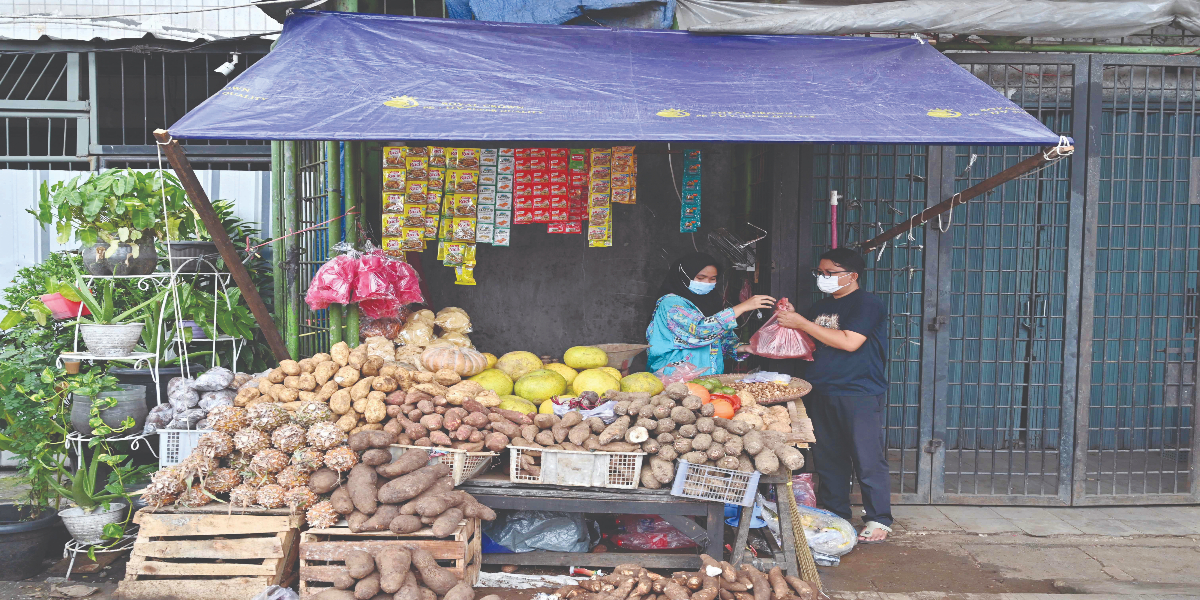MUMBAI, India, 25 April (Reuters) – After Indonesia’s unexpected palm oil export embargo drove buyers to seek alternatives, which were already in low supply due to harsh weather and Russia’s invasion of Ukraine, global edible oil consumers have little choice but to pay top dollar for supplies.
Industry experts believe that the world’s largest palm oil producer’s decision to halt exports effective Thursday will raise prices for all major edible oils, including palm oil, soyoil, sunflower oil, and rapeseed oil. Higher fuel and food prices will put additional strain on cost-conscious consumers in Asia and Africa.
According to James Fry, chairman of commodities consultant LMC International, “Indonesia’s decision affects not only palm oil availability, but vegetable oils worldwide.”
Palm oil, which is used in everything from cakes and frying fats to cosmetics and cleaning goods, accounts for about 60% of global vegetable oil shipments, with Indonesia accounting for roughly a third of all exports. It announced the export ban on April 22nd, and it will remain in effect until further notice, in order to combat growing domestic prices. find out more
“This is happening at a time when all other major oils’ export tonnages are under pressure, including soybean oil owing to droughts in South America, rapeseed oil due to poor canola crops in Canada, and sunflower oil due to Russia’s assault on Ukraine,” Fry explained.
Prices for vegetable oil have already climbed by more than 50% in the last six months due to a variety of issues ranging from labour shortages in Malaysia to droughts.
Buyers hoped that a strong sunflower crop from top exporter Ukraine would relieve the shortage, but supplies from Kyiv have been halted due to Russia’s “special operation” in the nation. find out more
This had led importers to believe that palm oil would be able to fill the supply shortfall until Indonesia’s surprise embargo hit purchasers with a “double punch,” according to Atul Chaturvedi, head of the Solvent Extractors Association of India (SEA).
[embedpost slug=”three-critically-endangered-sumatran-tigers-killed-in-indonesia/”]
Importers like India, Bangladesh, and Pakistan will try to buy more palm oil from Malaysia, but the world’s second-largest palm oil producer won’t be able to fill the void left by Indonesia, according to Chaturvedi.
Indonesia provides about half of India’s total palm oil imports, while Pakistan and Bangladesh purchase virtually all of their palm oil from Indonesia.
“Nobody will ever be able to make up for the loss of Indonesian palm oil. Every country will be affected “Chairman of the Pakistan Edible Oil Refiners Association, Rasheed JanMohd, remarked (PEORA).
Vegetable oil prices soared to new highs in February when supplies of sunflower oil from the Black Sea region were hampered.
According to a Mumbai-based dealer with a global trading organisation, the price increase increased working capital requirements for oil refiners, who were maintaining fewer stocks than usual in anticipation of a price drop.
Instead, oil prices have risen even higher.
“The refiners have been caught off guard. They can no longer afford to wait a few weeks. They must make purchases in order to keep the plants running “”explained the merchant.”
According to a refiner in Dhaka, because Indonesia has allowed loading until April 28, consuming countries would have enough supply for the first half of May, but may experience shortages in the second half.
According to him, South Asian refiners will gradually release oil into the market because supplies are restricted.
Palm oil prices in India, the world’s largest vegetable oil importer, increased by roughly 5% over the weekend as the sector anticipates supply problems in the coming months. Pakistan and Bangladesh saw price increases as well.




















